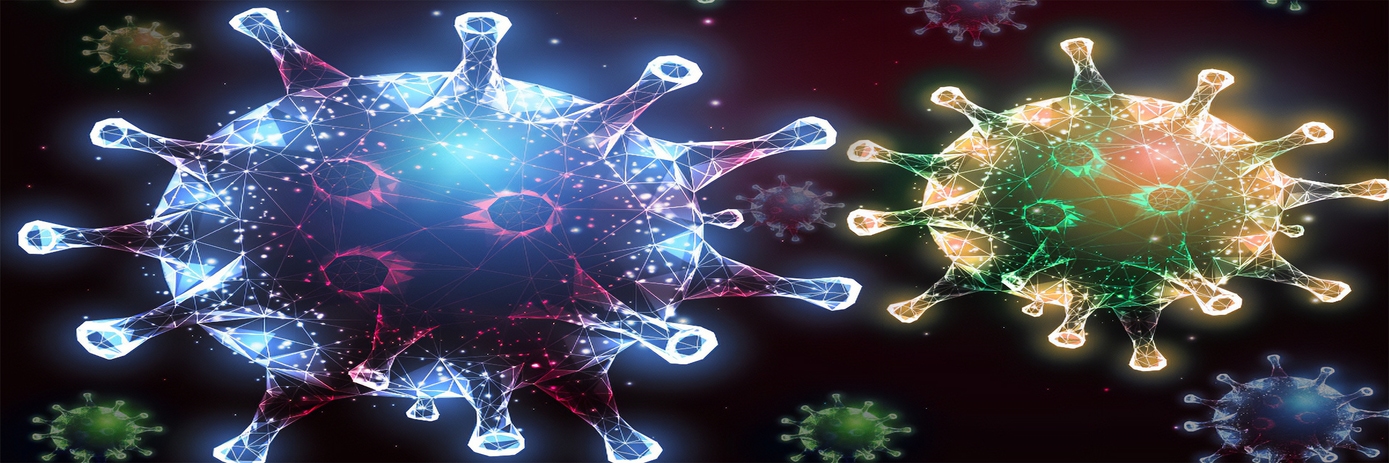In February 2020, just before the World Health Organization (WHO) declared COVID-19 a global pandemic, WHO Director-General Dr Tedros Adhanom Ghebreyesus stated that bringing the outbreak under control would necessitate harnessing the power of science. “There are questions we need answers to, and tools we need developed as quickly as possible,” he said.
Indeed, researchers were unsure on the origin of the virus, the mechanisms of pathogenesis, or when people were most infectious. They also had limited information on disease phenotypes or what treatments might be effective.
Fast forward two years and the pipeline for SARS-CoV-2 vaccines and therapeutics is flourishing. Over 300 therapeutics and 250 vaccines are currently at various phases of development, with many others being explored at the discovery stage. This is in addition to the handful of therapeutic options already available in certain countries, including the oral antivirals Paxlovid and molnupiravir, intravenous remdesivir, and several anti-SARS-CoV-2 monoclonal antibodies.
A significant portion of this success can be attributed to the tools and technologies available to researchers at the start of the pandemic. For example, COVID-19 diagnoses could be made using nucleic acid or serological testing, emerging variants could be monitored using whole genome sequencing, and high-throughput screening technologies proved highly useful for drug development.
In vivo bioluminescence imaging for SARS-CoV-2
Another tool that came into its own during the pandemic was in vivo bioluminescence imaging (BLI), a highly sensitive, non-invasive technique based on the detection of light produced by luciferase-catalyzed reactions. BLI is a well-established technique for studying infectious diseases. It is used for detecting, localizing, and quantifying specific immune cells, pathogens, or immunological processes.
By visualizing SARS-CoV-2 infection in animal models, researchers have been able to gain a deeper understanding of the mechanisms of the virus and study the response to therapeutic interventions. For example, using BLI, researchers have been able to non-invasively validate therapeutics, study biomarkers, and monitor vaccine delivery, providing key information that can be translated into the clinic and directly benefit patients infected with SARS-CoV-2.
To learn more about the application of BLI for monitoring COVID-19 infection and response to therapy read our latest literature review ‘Applications of In Vivo Bioluminescence Imaging for SARS-CoV-2’.

































